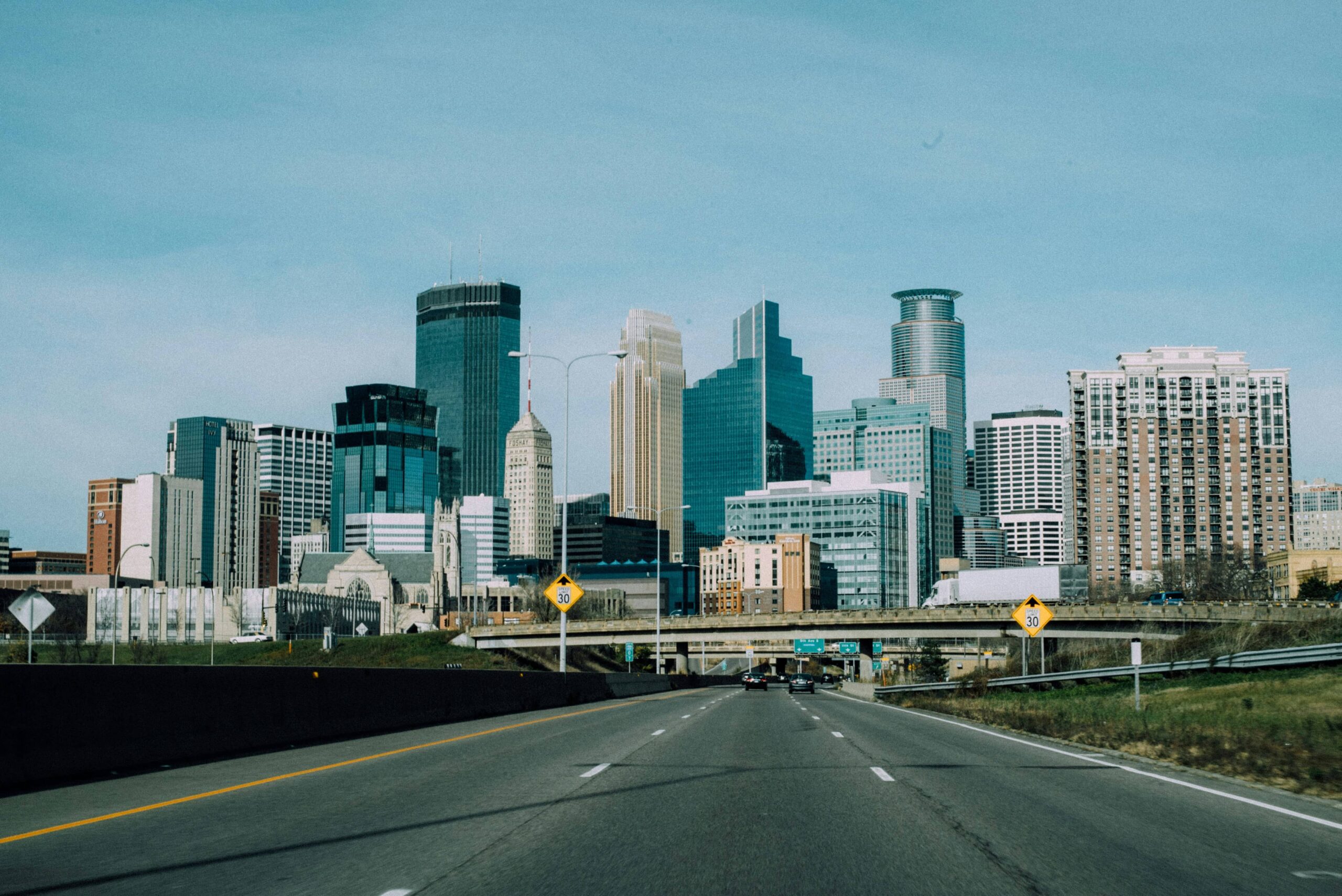Everything you need to know about High Friction Surface Treatments
Services: High Friction Surface Treatment
Origin of HFST
High friction surface treatments originated in London in the 1960s to tackle high rates of skid collisions. It was adapted from colored surfacing in the 1990s due to an increase in road collisions. In 2000s, it was adopted in the US as a safety countermeasure for highways.
High Friction Surface Treatments contain two components: 100% calcined bauxite aggregate and a binder. The aggregate provides excellent friction properties, and the binder adheres the aggregate to the pavement surface.
Certified by independent testing laboratories, HFST is chemically resistant to fuel and antifreeze and can last up to 10 years if applied to sound substrates and properly maintained.
Some of the benefits of high-friction surface treatments include:
- An 83% reduction in wet weather accidents.
- A 57% reduction in the overall number of accidents.
- Improved skid resistance in critical locations.
- Reduced braking distances.
- A more sustainable, cost-effective solution to improve the safety of road networks.
- Increased visibility and safety across road networks.
Areas for application
Statistics highlight a direct correlation between Type 1 high friction surface treatments and the level of incident reductions. In the UK the RTSA and ADEPT code of practice for High Friction Surfacing recommends the use of HFST on road sites that have been identified as being the highest risk category. Typical locations for high-friction surfacing include road junctions, approaches to traffic lights, pedestrian crossings and roundabouts. High friction treatments can reduce skid accidents by 57%, making it safer and more economical for both drivers and pedestrians.
Highways
HFST can prevent skid resistance by adding grip to the road surface, improving vehicle traction and reducing accidents caused by high speeds in adverse weather.
Junctions
Where vehicles often slow down and accelerate, HFST is crucial to reduce the risk of rear-end and side collisions.
Vehicles navigating horizontal curves may require greater lateral friction compared to those on straight road sections, and vehicles at intersections demand higher longitudinal friction. Consequently, these areas may require pavement with enhanced frictional properties.
Pedestrian crossings
HFST increases skid resistance, which helps vehicles stop in time to allow for pedestrians and other vulnerable road users to cross the street safely.
Traffic calm zones
Residential areas, school zones and play streets can be busy, requiring vehicles to stop unexpectedly. HFST increases skid resistance to ensure that vehicles can travel in a controlled manner, minimising risk of accidents in these areas.
Application process
Proper high-friction surface treatment application is crucial for safety and longevity.
First, the existing road surface is cleaned to remove debris and contaminants, ensuring optimal adhesion.
The binder is then applied to the road surface, followed by the aggregate. Specialist equipment is used to ensure the aggregate is applied in a uniform layer before the binder cures.
Once the HFST has been applied it then takes several hours for the curing process during which time the road would remain closed to traffic.
High friction surface treatment is a proven method for enhancing road safety by reducing skid-related accidents and improving vehicle control. By investing in HFS, road authorities can ensure safer travel for all road users.
